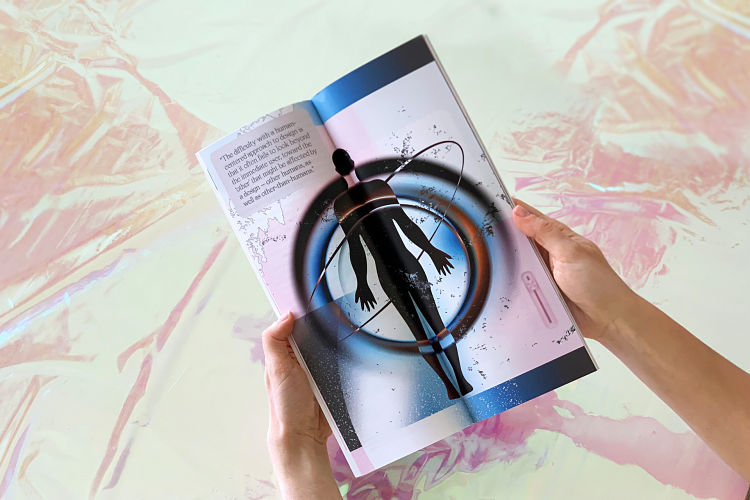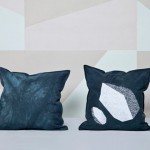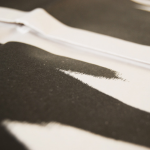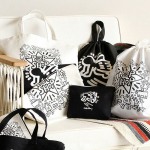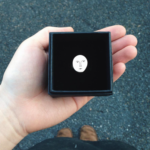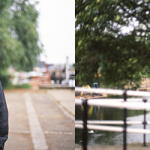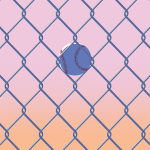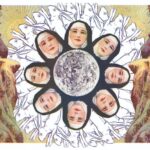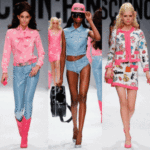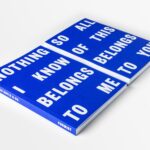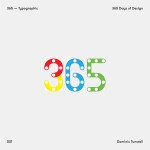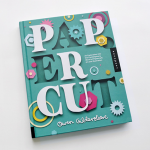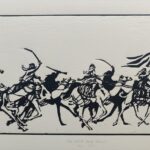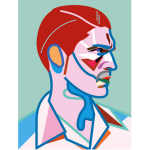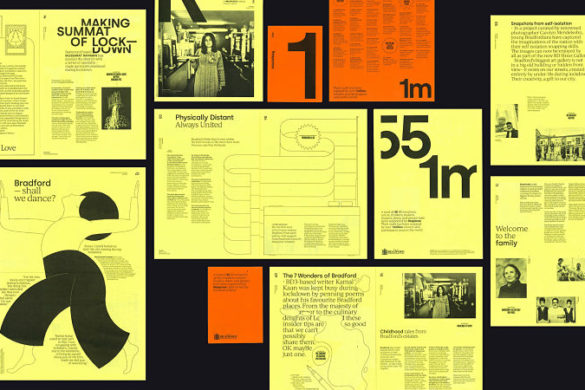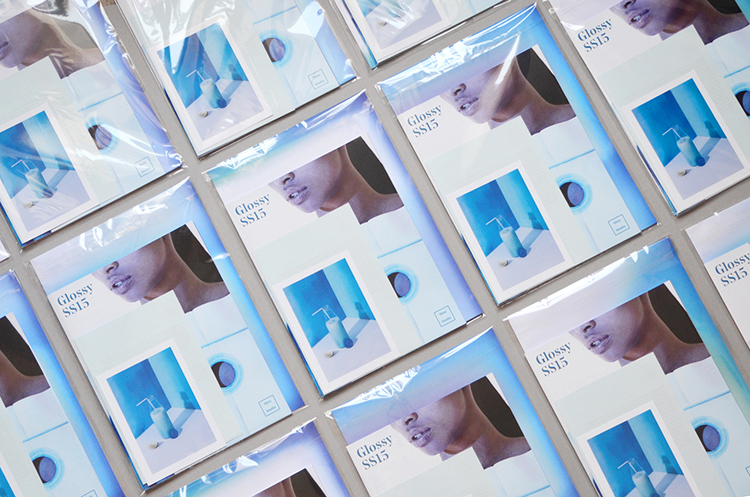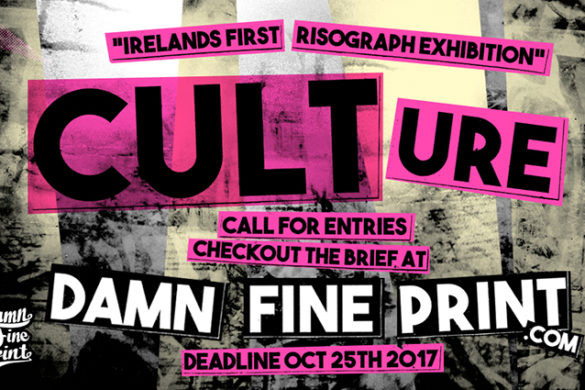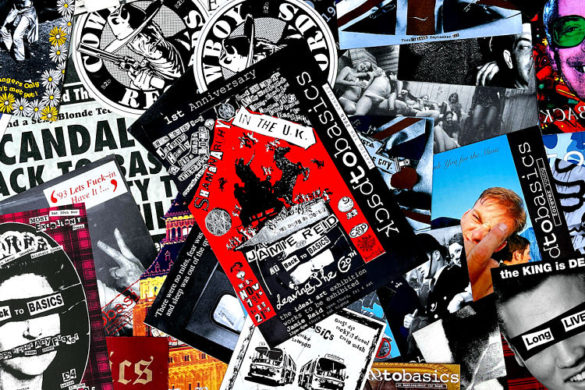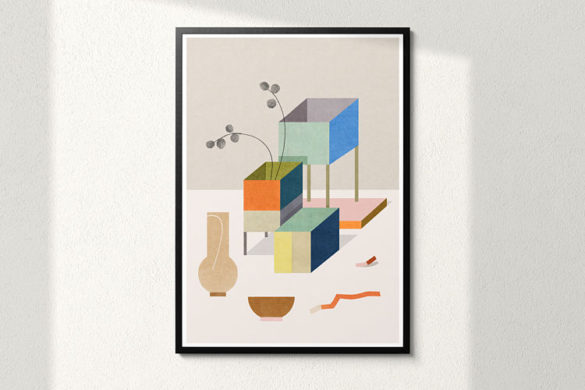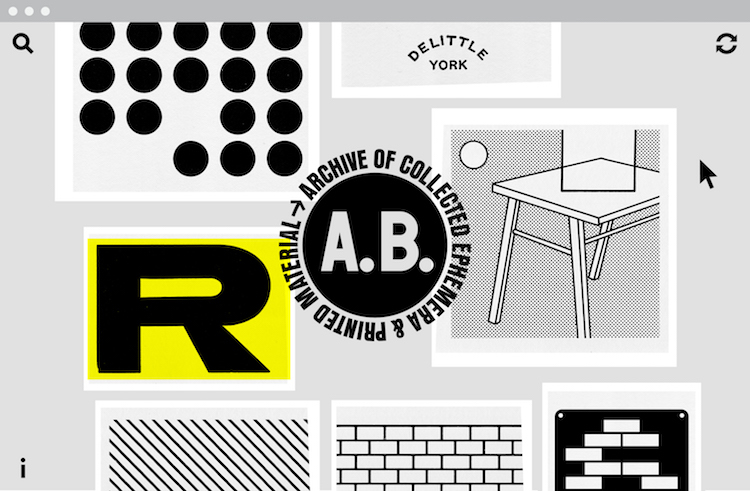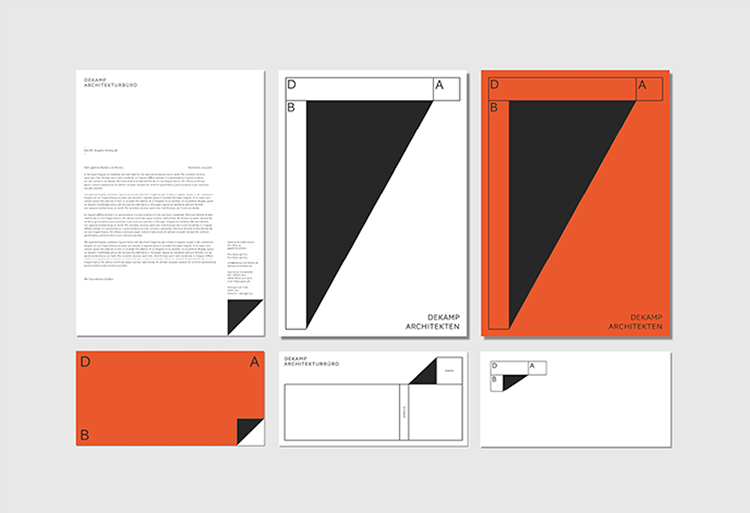Working under the name Mary Universe, Mary Ponomareva is a visual artist, multidisciplinary designer and researcher based in Amsterdam working across graphic design, visual art, research and hybrid media.
She describes her use of graphic design, virtual reality, CGI and 3D modelling as tools “to envision and question possible futures,” namely around the ethical and societal implications of emerging technologies. This often sees the creation of dystopian narratives using VR installations, texts and videos that combine science fiction, corporate imagery and simulations “to question the incompatible characteristics of the current capitalist system,” as she puts it.
Originally from Moscow, Russia, Ponomareva completed her MA at the Sandberg Institute Design Department, obtained BA in Graphic Design at The Royal Academy of Art in The Hague and studied Visual and Applied Art at the Moscow University of Design and Technology. We had a chat with her about her international design experiences, “Dark Aesthetics”, dystopias and more.
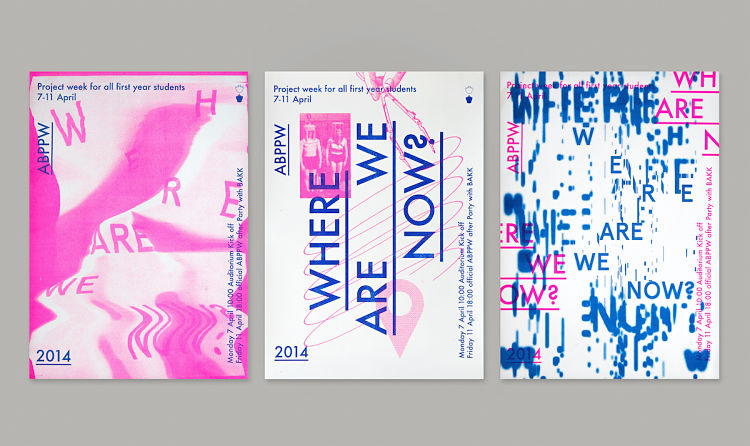
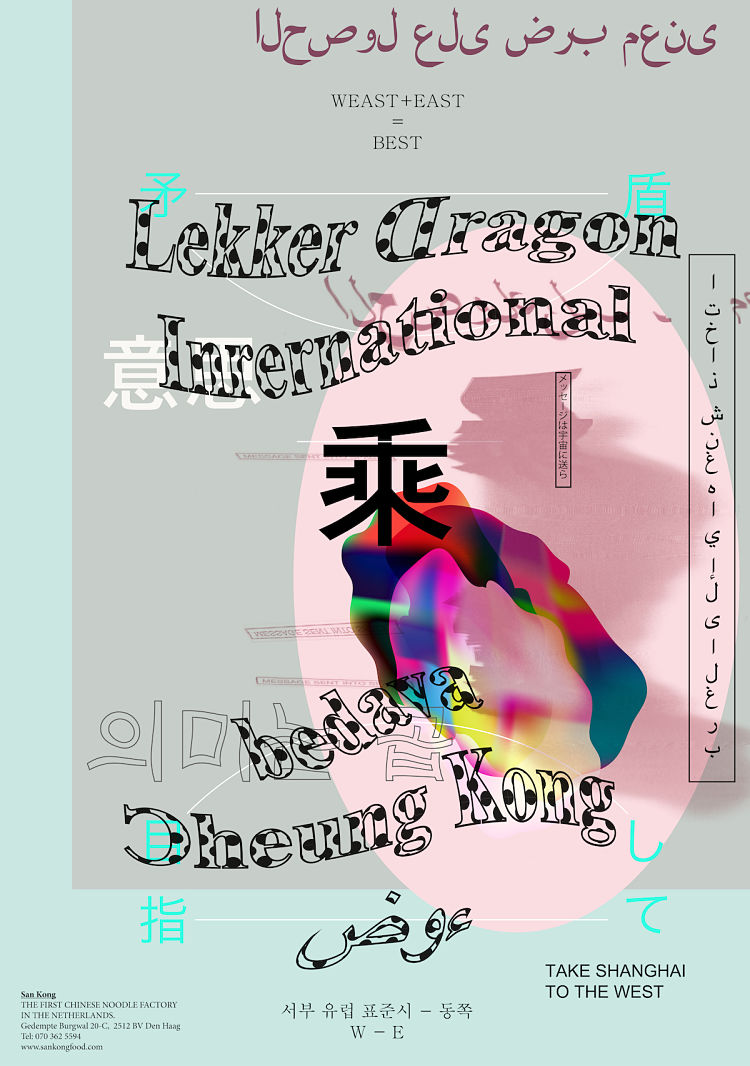
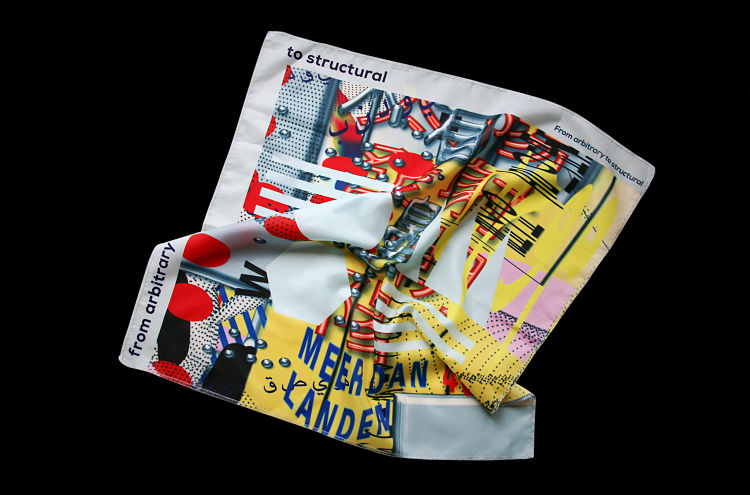 How would you compare design education in Holland and Russia?
How would you compare design education in Holland and Russia?
Russian art education is strongly based on tradition and getting the classical fundamentals of theory and craft, whereas Dutch education is more focused on experimentation, critical exploration and breaking the rules. I was very lucky to experience both and to connect the two worlds in my works. Fusing together two educational approaches: traditional academic and conceptual, has engaged me to seek and reformulate the boundaries of visual communication in our current world.
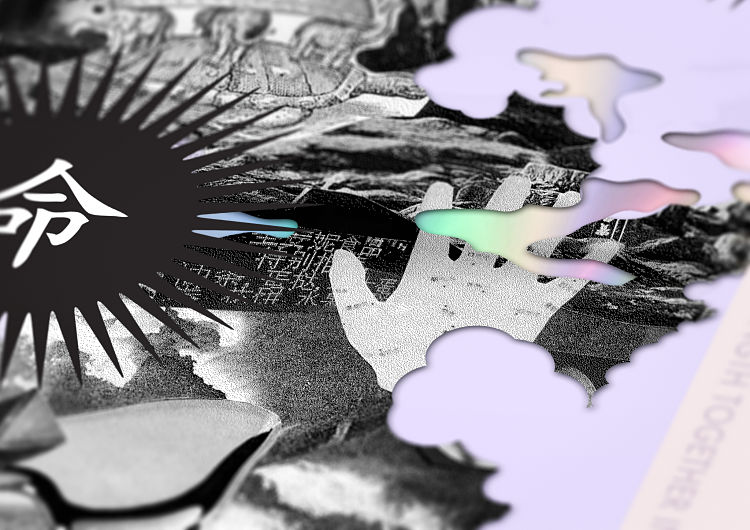
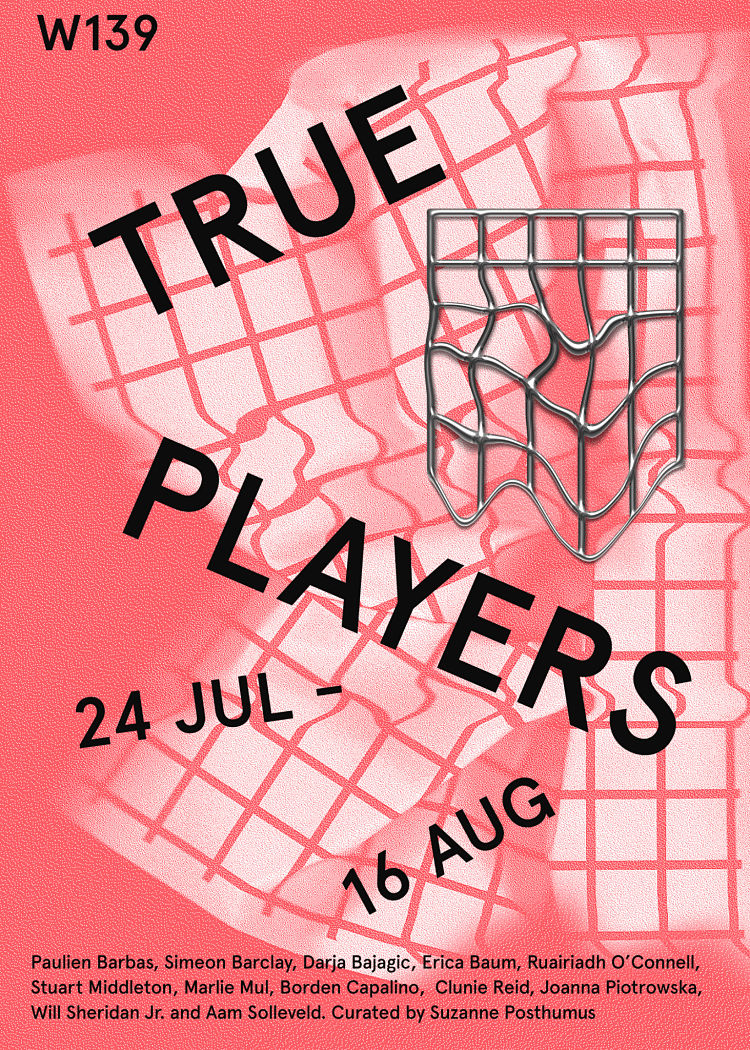 What do you think it is about the Netherlands that’s bred such a strong tradition in design?
What do you think it is about the Netherlands that’s bred such a strong tradition in design?
I think it’s the freedom that people get to express their voice and individuality. And also having an active social position—and because the art, design and culture is valued and supported by the government.
You’ve described your work as “critically investigating the role of graphic design in ‘Dark Aesthetics’”. Can you tell me a little more about what you mean by that?
By Dark Aesthetics I mean the influence of corporate imagery in the construction of dubious and dangerous ideologies, and their normalisation by way of their aesthetics. Design can either be complicit in the aestheticisation of politics, or could also be used as a tool to lay bare the message of which the medium itself is the carrier.
Through visibility, visualisation and decoration, ethically dubious concepts are commodified and normalised, glossed over and presented as attractive as possible. The ‘problematic’ part has been outlawed, ensuring that the ‘bad’ has never looked that good.
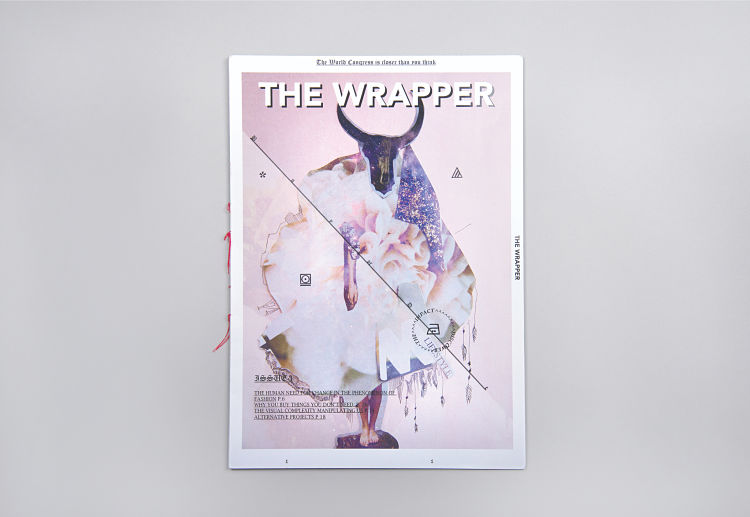
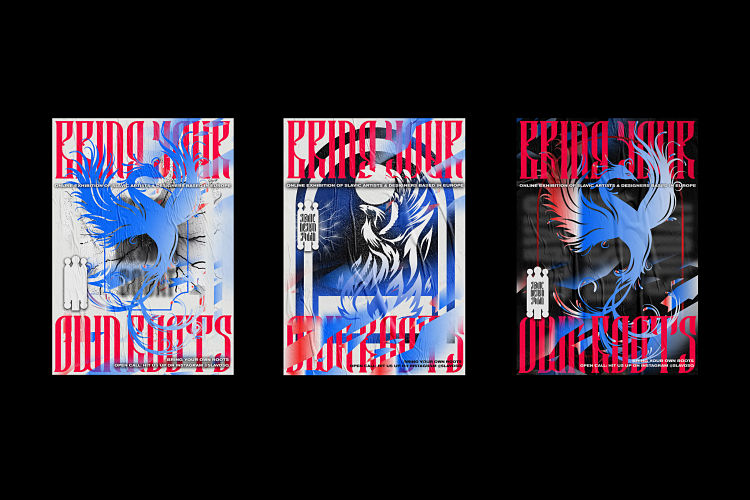 What have been the key things you’ve discovered or been thinking about in new ways in your investigations into capitalist systems and dystopian futures?
What have been the key things you’ve discovered or been thinking about in new ways in your investigations into capitalist systems and dystopian futures?
That it is Important to think ahead in a non-dystopian and hopeful manner. Even when it seems like the least appealing thing to do. As Rebecca Solnit says in Hope in the Dark: “Hope just means another world might be possible, not promise, not guaranteed. Hope calls for action; action is impossible without hope.”
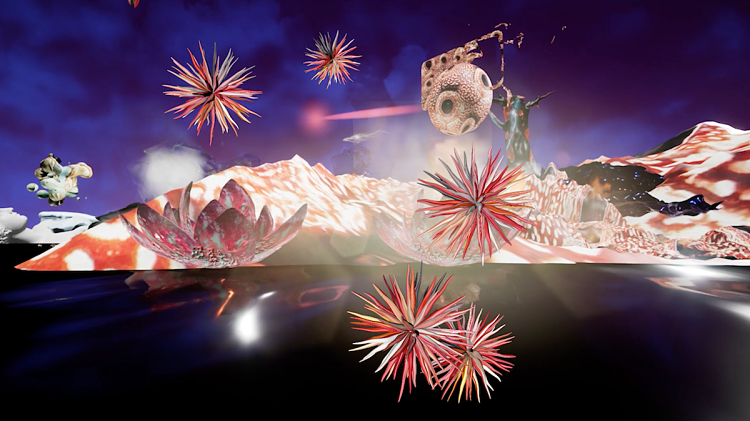
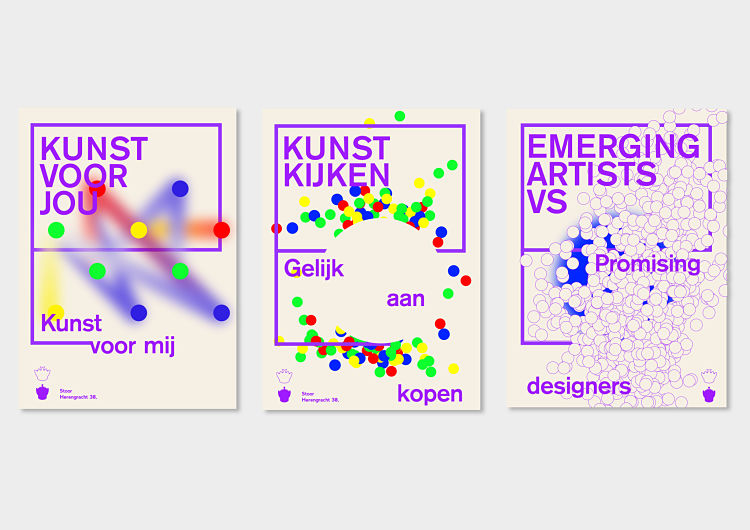
How does using art and design to create imagined futures help us understand our current realities?
They shed light on topics that are not fully in the spotlight of current realities but are of crucial importance—such as coexistence, inclusivity, ecology and equality.
By speculation and narrative exaggeration it makes them more visceral and tangible in order for us to take action and change the audience’s perspective.
Using speculative design, art and algorithms to envision alternative realities can potentially be one of the tools to subvert the crisis of imagination. Artists, through critical, making can prototype new futures and broaden perspectives beyond the yet known or experienced. Artistic world-building has immense potential, yet it is also a responsibility.
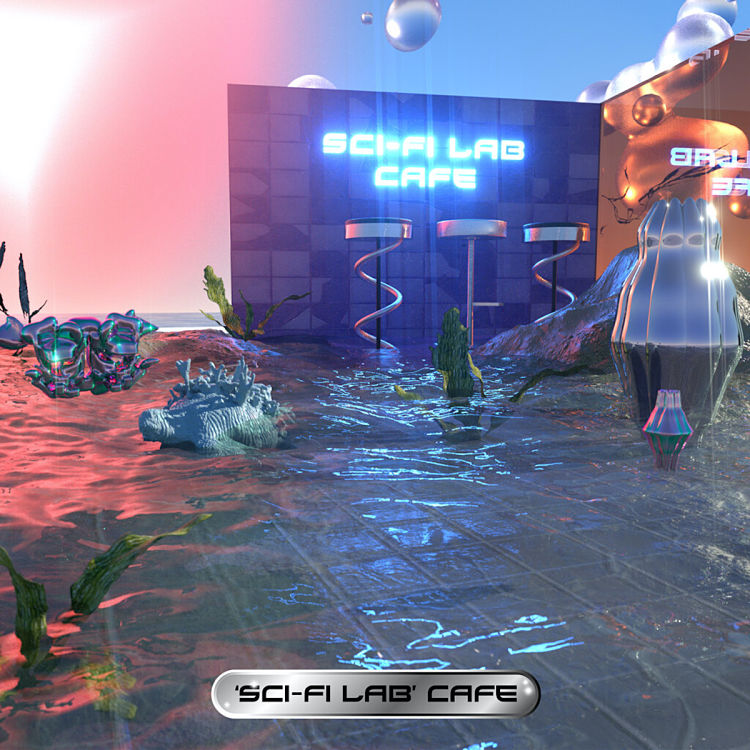
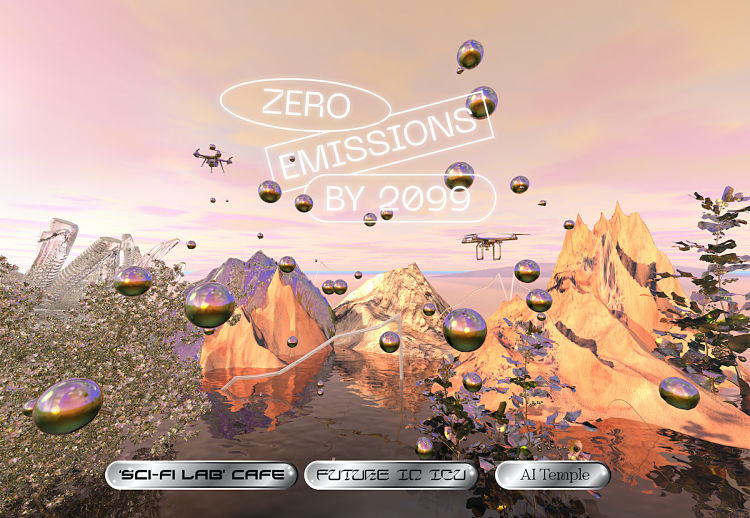
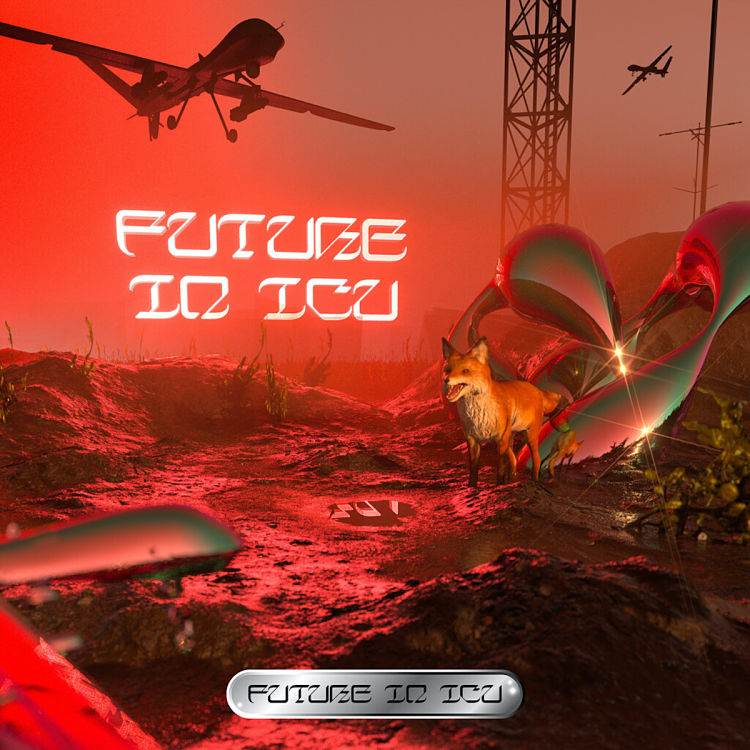 Can you tell us a bit more about the Zero Emission by 2099 project?
Can you tell us a bit more about the Zero Emission by 2099 project?
I recently curated the exhibition Zero Emission by 2099 and also designed for it. Zero Emissions by 2099 is an immersive, multi-sensory journey, exploring the entanglements between technology, ideology and popular culture, encouraging visitors to examine the seemingly unavoidable role of technology and ideology in shaping the future. I feel extremely grateful and happy to have collaborated with so many talented artists from different disciplines.
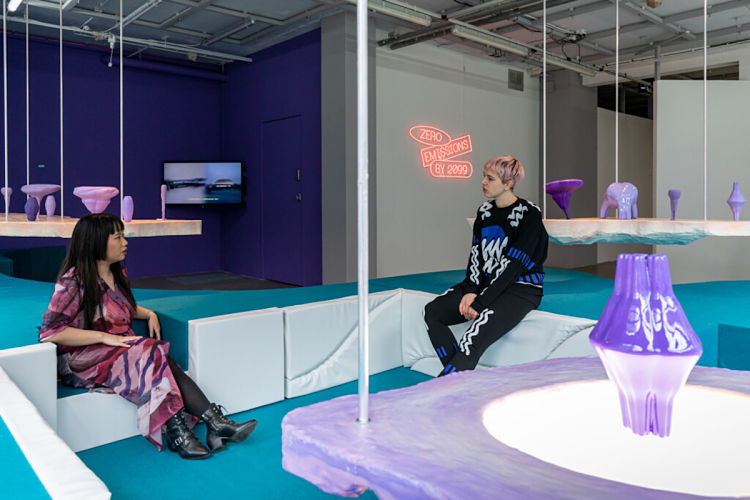
You might like...
- Autobahn - November 26, 2021
- Alphabetical - November 12, 2021
- SOFA Universe - November 8, 2021

